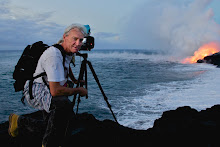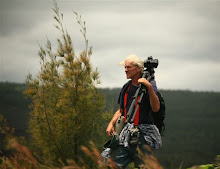~

As shown in the photos above & below, taken by USGS photographers November 4th, lava is entering the ocean 2300-feet to the west of Waikupanaha.
 Waikupanaha's large ocean entry to the east of here remains strong.
Waikupanaha's large ocean entry to the east of here remains strong..

Lava field geologists reported that surface flows closest to the viewing area trailhead had slowed way down but were still threatening kipuka forest remnants nearby
~
~
Central Pacific Water Vapor Loop satellite imagery of the massive weather system just west –northwest of the Hawaiian Islands is remarkably locked into the same position as yesterday, which holds off the heavy rain a few hundred miles due west.

The National Weather Service forecasters in Oahu are still uncommitted as to the affects of this system, though most computer models indicate some unstable weather over the islands later into next week.










No comments:
Post a Comment